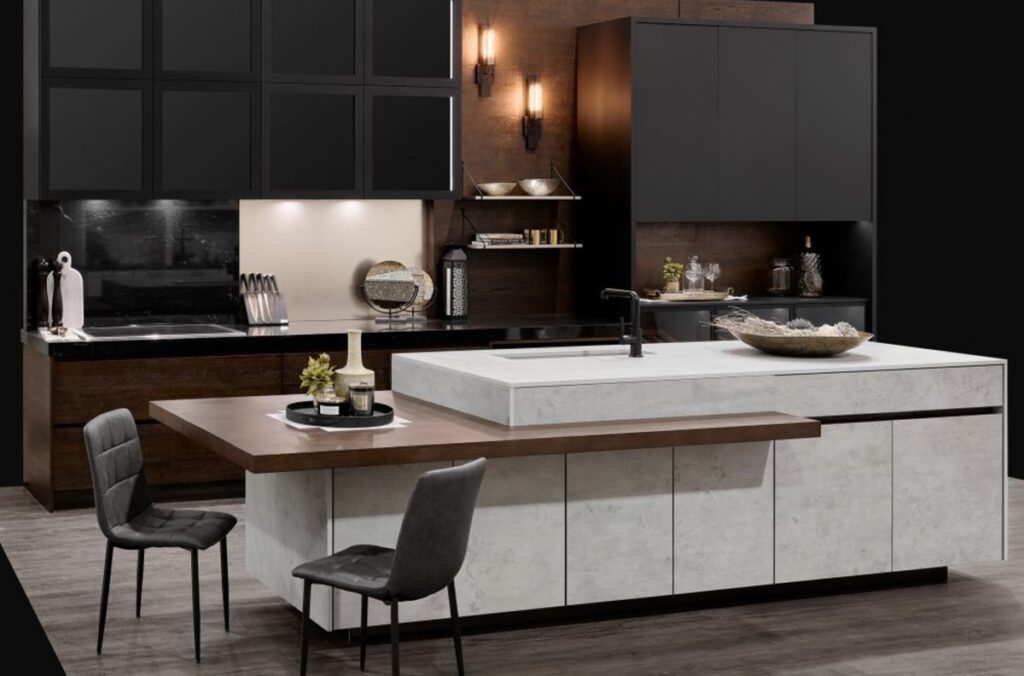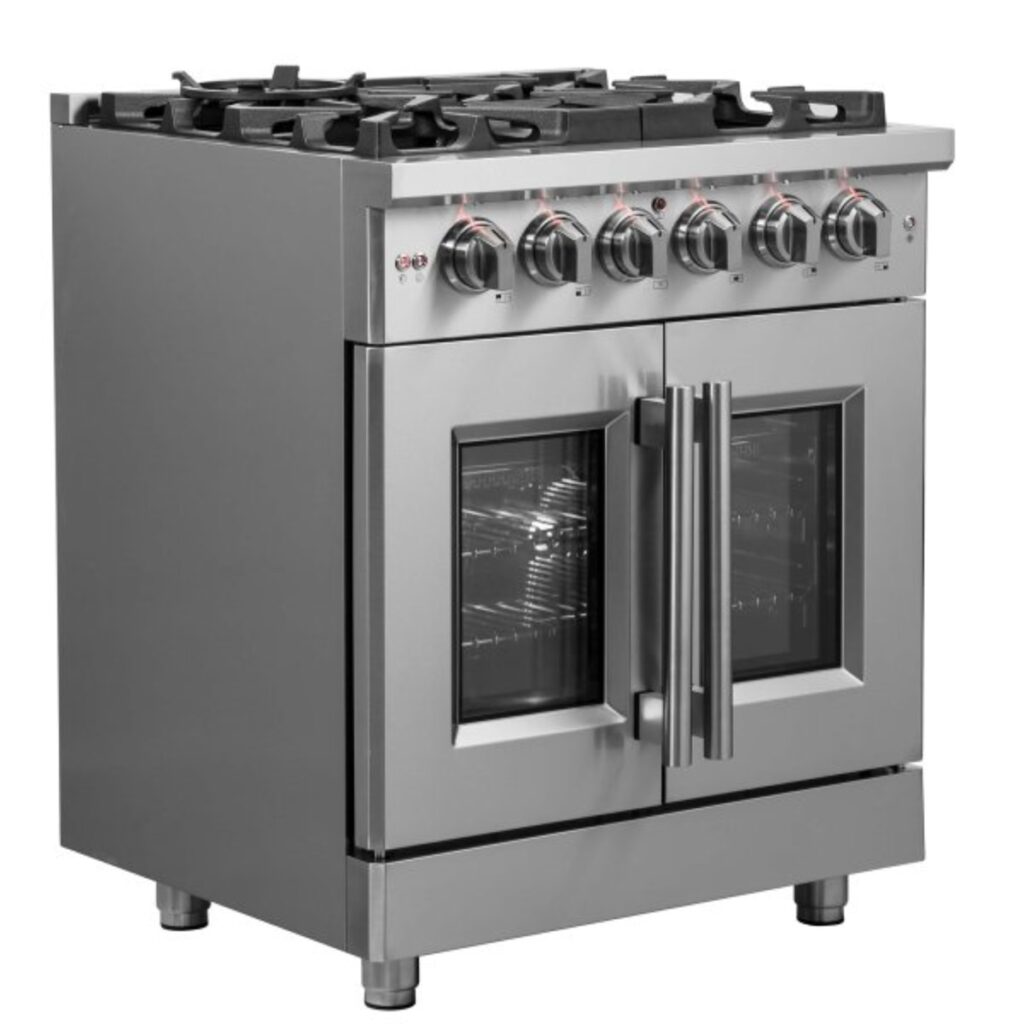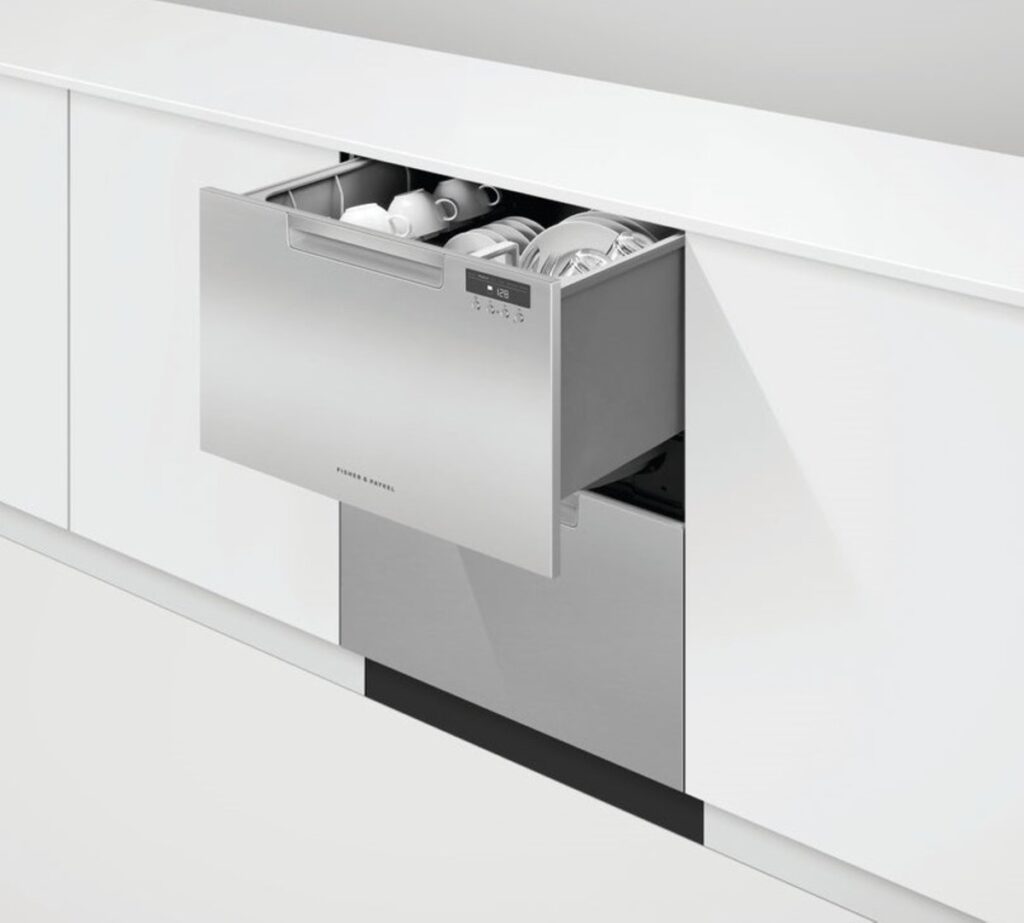Lifescape
By Janet Armstrong, Accredited Interior Designer, CAPS
Kitchens are one of the top renovation projects, especially if you are considering age-proofing your home. Rest assured there have been some exciting developments in kitchen components, such as appliances, cabinets and hardware, that can result in a stylish kitchen that is also safe and accessible. There are a number of considerations with respect to access when planning the elements of an update such as:

- reach
- approach
- ease of use
- physical effort
Cabinets
As we age, reaching for items in upper cabinets and gripping and lifting things down to the counter become greater challenges and can pose a safety issue. (And step-stools are not the answer!) Most kitchens are not large enough to only have lower cabinets for storage and need some upper cabinets. There are a number of storage options that provide ‘lift’ systems to lower the shelves in upper cabinets down to counter height so you can safely and easily remove the items needed. One such system, developed by Panasonic, smoothly transitions out of the cabinet. These systems have a very easy, gentle pull-down to provide access to the contents of the cabinet. They also function smoothly with minimal effort and have a weight capacity of 16 kilograms (over 35 pounds), allowing you to maintain storage capacity.
Taps
Aging often presents a number of health issues, such as arthritis and reduced strength. One or both of these ailments, which impact the ability to grip, can make using traditional taps a challenge. Motion-activated taps are a perfect solution. When paired with an automated dish-soap dispenser, clean-up will be convenient, safe and easy. The automated hand soap dispenser is also ideal for sanitizing hands prior to food prep. The added bonus is a sleek, uncluttered look to the counter space around the kitchen sink.
Cabinet Hardware: Yea or Nay?
Cabinet hardware is an element that often gets overlooked when planning a kitchen update, but it’s an important aspect of enhancing safety and accessibility. External hardware, such as pulls and knobs, is traditional and expected. But as grip and strength become more of an issue, opening cabinets and drawers with pulls and knobs can be increasingly difficult. The solution? Push-to-open cabinet hinges and drawer
slides. These allow for easy opening and can be activated not only with a hand, but also with a forearm, elbow or knee. The added benefits include a streamlined aesthetic and quiet operation.
Appliances

There are seemingly endless options when it comes to kitchen appliances. Let’s start with the stove, which is the workhorse of the kitchen. Considering factors such as reach, approach, physical effort and ease of use, you want a stove that can support optimal functioning and allow you to roast, cook and bake. Stoves that have French doors are ideal as the doors swing out to the sides, providing at least 12 inches of space to access the oven. This feature, together with controls along the front, increases safety and supports access from a seated position.
Another factor to consider is the safety of those with declining cognition. To improve safety and limit access, install an override switch that must be activated before appliances are used. You can also purchase a stove that requires two-step functionality and/or has an automatic shut-off.
To assist with clean-up in a safe and accessible way, two-drawer dishwashers provide easy access and make reach, approach and ease-of-use a cinch. Each drawer operates independently so you can load one drawer while the other is on a wash cycle or operate them on different cycles, if necessary.
Counters

The standard height for a counter is 36 inches, but a 34-inch counter provides easier access for children or those who are shorter in stature. To accommodate those working from a seated position, a 29-inch counter is more accessible. A mix of counters of varying heights improves usability regardless of age, height and ability and allows for multiple persons to participate in meal preparation. For ultimate flexibility in accessibility, consider the installation of counters with electrically adjustable heights. This will vastly improve the access and functionality of the kitchen for everyone.
As you consider kitchen updates to enhance the livability of your home, explore the wide range of products. There are various possibilities to enhance safe access, allowing you to continue to prepare and cook meals and clean up afterwards with ease. Since the kitchen is the heart of your home, age-proofing it supports your independence and allows you to carry out the daily activities of life well into the future.
Janet Armstrong is a graduate of the Interior Design Institute of Canada, CAPS (Certified Aging in Place Specialist) and past chair of the Decorators and Designers Association of Canada (DDA Canada).






